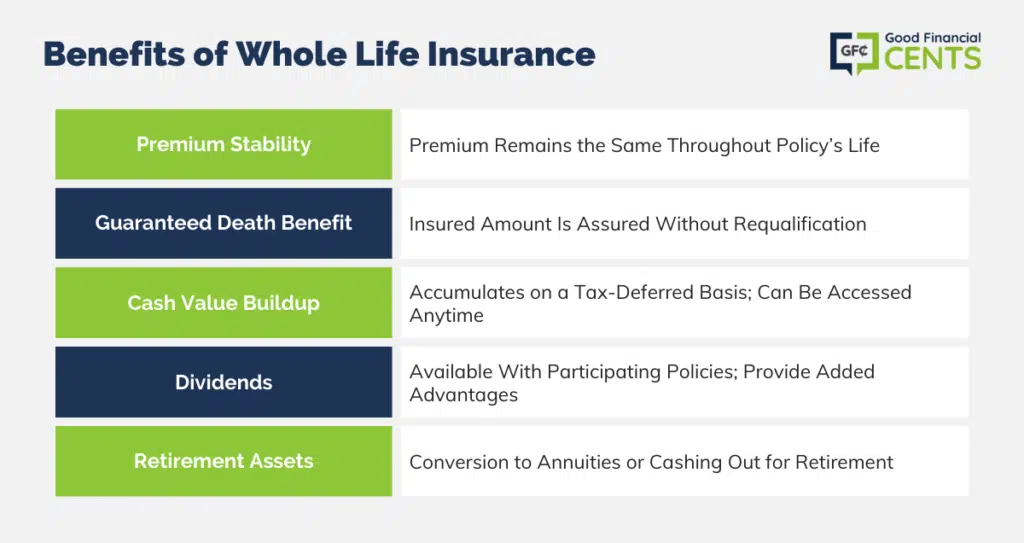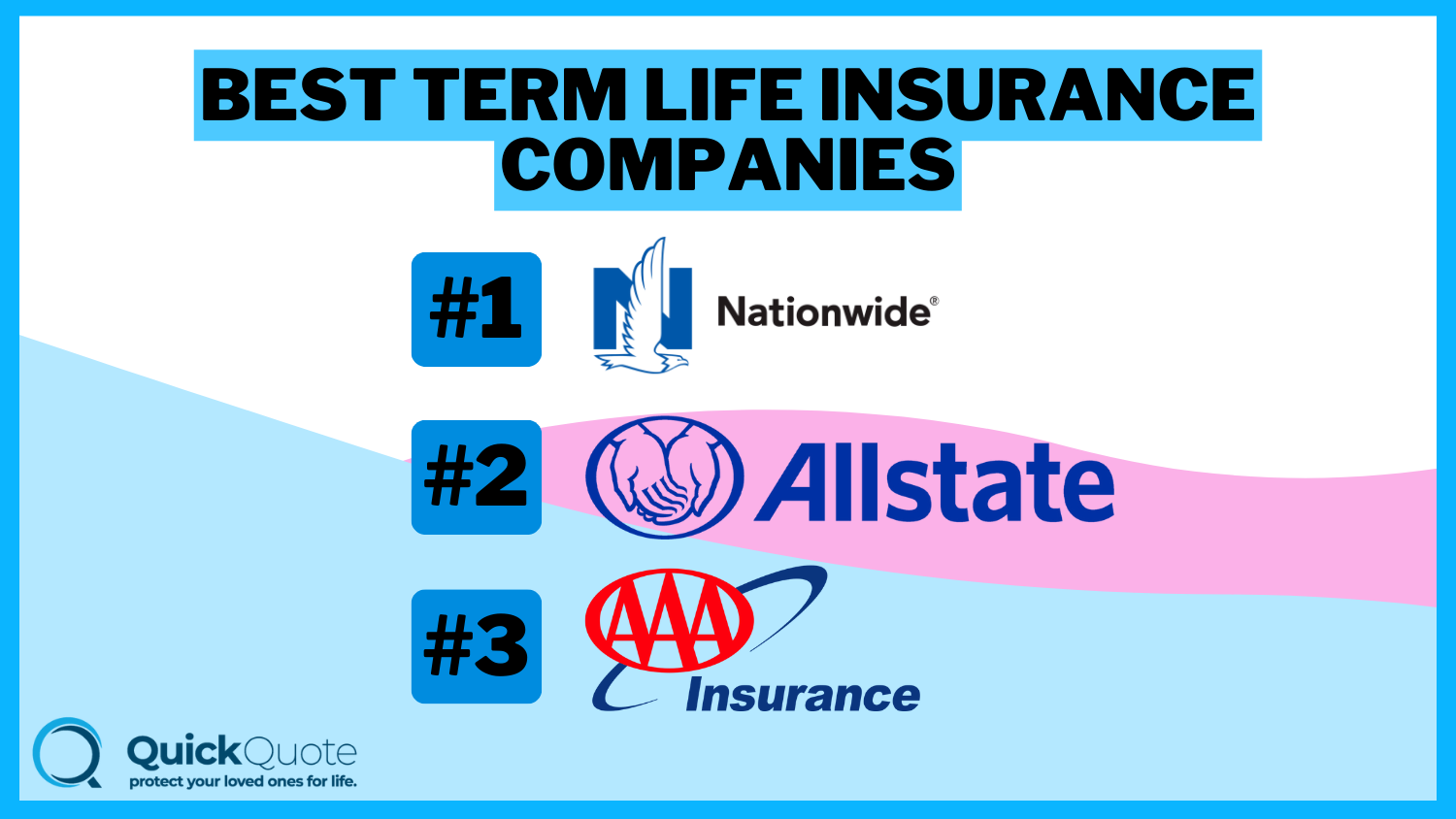Car Accident Note: Essential Information to Exchange
In the wake of a car accident, the exchange of a car accident note is paramount. This document serves as a vital record of the incident, providing crucial information that can aid in determining fault, assessing damages, and expediting the insurance claim process. To ensure the accuracy and completeness of this note, drivers should prioritize the exchange of essential details, including personal information, vehicle descriptions, insurance details, and a brief account of the accident.
Personal Information
Begin by exchanging personal information, including names, addresses, phone numbers, and email addresses. Legibility is crucial, so print or write clearly to avoid any confusion or misinterpretation. Consider using a pen with dark ink to ensure visibility.
Next, record driver’s license numbers and insurance policy numbers. Accuracy is vital, as these details will facilitate the insurance claim process. Double-check the information to minimize errors.
Additionally, note the names and contact information of any passengers involved in the accident. This information may be necessary for insurance purposes or future legal proceedings.
Vehicle Descriptions
Accurately describe the vehicles involved in the accident, including the make, model, year, color, and license plate numbers. Note any visible damage to the vehicles, such as dents, scratches, or broken glass. These details will help establish the extent of the damage and determine liability.
Insurance Details
Exchange insurance company names, policy numbers, and the names of the policyholders. This information will expedite the insurance claim process and ensure that both parties are properly represented.
Brief Account of the Accident
Provide a concise account of the accident, including the date, time, and location. Describe how the accident occurred, including the direction of travel and any potential contributing factors. Note any witnesses to the accident and obtain their contact information.
While brevity is important, clarity is essential. Stick to the facts and avoid speculation or assigning blame. Your account should provide a clear and impartial record of the events leading up to the accident.
Additional Tips
If possible, take photos of the accident scene and any vehicle damage. These images can serve as valuable evidence and support your written account. Also, consider sketching a simple diagram of the accident to illustrate the positions of the vehicles and the direction of travel.
Car Crash Communication: Documenting the Aftermath
Life is filled with twists and turns – sometimes literally. Car accidents can happen in the blink of an eye, leaving you stunned and wondering what to do next. But one crucial step to take, before your memory fades or your head starts pounding, is to document the details of the crash with a car accident note.
This simple piece of paper can serve as a valuable record, providing essential information to insurance companies, police reports, and any legal proceedings that may follow. But what exactly should you include in a car accident note? Read on to learn the crucial details.
Exchange of Information
The most fundamental part of a car accident note is the exchange of basic information between the drivers involved. This includes your name, contact information (phone number, email, and address), and driver’s license number. You should also note down the insurance carrier, policy number, make, and model of your vehicle.
But what if the other driver refuses to provide their information? Here’s the trick: don’t be confrontational. Instead, try this: “I understand you’re shaken up, but it’s important for both of us to exchange information. It can save us a lot of hassle later on.”
If they still resist, don’t force it. Note down their license plate number and vehicle description instead. This, coupled with your own testimony, can help the authorities track them down.
Time is of the essence after a car accident. Documenting the details promptly ensures accuracy and completeness. Don’t let crucial information slip through the cracks. A car accident note serves as a lifeline, connecting you to the events that transpired, no matter how disoriented you may feel.
Car Accident Note
In the wake of a car accident, the adrenaline is pumping, and your mind is racing, right? The last thing you want to do is try to remember every detail of the accident. That’s why it’s important to have a car accident note in your glove box. A car accident note is a simple form that can help you record all of the important information about the accident, such as the other driver’s insurance information, the time and location of the accident, and any witnesses who may have seen what happened.
What to Include in a Car Accident Note
The details recorded in a car accident note can be critical when it comes to obtaining compensation for injuries and loss. Make sure to Include contact information for both drivers, including name, address, phone number, and insurance information. jot down the make, model, and license plate number of both vehicles involved. Note the time and location of the accident, including the street names, city, and state. If there were any witnesses, ask them to leave their names, contact information, and what they saw. Take photos of the damage to both vehicles, and draw a diagram of the accident scene.
Additional Details
Any witnesses or passengers should be documented, along with the time, date, and location of the accident. Note any visible injuries or damage to property. Describe the accident in detail, including how it happened and what each driver was doing. If there are any details that you are unsure about, leave them blank rather than guessing. Remember, the more information you can provide, the better. It’s important to have a car accident note in your glove box, so you’re prepared in case of an accident.
Car Accident Note: What to Do After a Crash
After a car accident, you’re likely shaken up and unsure of what to do next. But one crucial step you shouldn’t overlook is writing down all the important details of the incident. A well-written car accident note can serve as a valuable record for insurance companies, law enforcement, and the courts. Here’s a comprehensive guide to help you capture all the necessary information:
Overview
A car accident note is a written summary of the events surrounding a motor vehicle collision. It should include essential details such as the time and location of the accident, the vehicles involved, any injuries sustained, and the names and contact information of the drivers and witnesses. By taking the time to document the scene, you’ll create a valuable record that can help you protect your interests in the aftermath of the incident.
Personal Information
Begin by noting down the names, addresses, and phone numbers of all the drivers involved in the accident. Include the same information for any witnesses who may have seen the collision. If someone is injured, note the extent of their injuries and whether they were transported to a hospital.
Vehicle Details
Next, record the make, model, color, and license plate numbers of all the vehicles involved in the accident. If you have a camera, take photos of the vehicles’ damage and any other relevant details. These photos can provide valuable evidence to insurance companies and the courts.
Insurance Information
Exchange insurance information with the other drivers involved in the accident. This includes the name of the insurance company, the policy number, and the expiration date. Having this information readily available will expedite the insurance claims process.
Sketch or Diagram
If possible, a sketch or diagram of the accident scene should be included to provide visual representation of the incident. This sketch should indicate the location of the vehicles, the direction they were traveling, and any other relevant details. A well-drawn diagram can help insurance companies and the courts understand the dynamics of the collision.
Witness Statements
If there were any witnesses to the accident, ask them to provide a brief statement of what they saw. Include their names and contact information so they can be reached for further questioning if necessary. Witness statements can provide valuable corroborating evidence in the event of a dispute over fault.
Additional Notes
In addition to the basic information outlined above, you may also want to include any other relevant details that could help provide context to the accident. This could include weather conditions, road conditions, or any other factors that may have contributed to the collision. By being thorough in your note-taking, you’ll create a comprehensive record that can be invaluable in the aftermath of the accident.
In the aftermath of a car accident, it’s essential to gather as much information as possible, and a well-crafted accident note serves as a vital record. While exchanging information with the other driver is crucial, it’s equally important to document details independently. Here’s a comprehensive guide to help you create an accident note that will aid in protecting your interests and support your claim.
Note-Taking Basics
Immediately following an accident, take a deep breath and remain calm. Grab a piece of paper or use your phone to record the following details:
- Date and time of the accident
- Location of the accident, including the street names and nearest intersection
- Description of the damage to both vehicles
- Make, model, and license plate numbers of both vehicles involved
- Names, addresses, and phone numbers of all drivers and passengers
- Names and badge numbers of any police officers who respond to the scene
- Names and contact information of any witnesses
Make sure to take photos of the accident scene, including the damage to the vehicles and any relevant surroundings. This visual documentation can provide valuable evidence.
Insurance and Medical Information
Gather information about the insurance companies for all involved vehicles, including policy numbers. If possible, take photos of the insurance cards. Note any injuries sustained by you or your passengers, even if they seem minor. Seek medical attention as soon as possible and obtain medical records to document your injuries.
Police Report
For more serious accidents, it may be necessary to obtain a police report to supplement the accident note. Police reports typically include a detailed account of the accident, witness statements, and any citations issued. To obtain a copy of the police report, contact the local police department and inquire about the process.
Witness Statements
If there were any witnesses to the accident, ask for their names and contact information. Their statements can provide valuable corroborating evidence in support of your claim. Encourage witnesses to provide written statements or record their accounts on your phone. Witnesses’ observations can be crucial in resolving disputes and establishing fault.
Helpful Tips
When writing an accident note, be as detailed as possible. Don’t downplay the severity of the accident or omit any relevant information. Be sure to double-check the accuracy of all the information you have gathered. If there are any discrepancies between your accident note and the police report, be prepared to explain them to your insurance company. Finally, keep a copy of your accident note for your own records. Sharing this information with your insurance company and other relevant parties will help ensure a smooth and efficient claims process.
Car Accident Note: The First Line of Defense
After the impact and commotion of a car accident, it’s crucial to stay calm and take immediate action. One of the most important steps is filling out a car accident note, a comprehensive record of the incident that will prove invaluable for insurance claims and determining fault.
Insurance Claims
The accident note acts as a crucial document for insurance companies, providing a first-hand account of the events that transpired. Insurance adjusters rely on this information to assess the circumstances and assign responsibility, ensuring accurate and prompt claim processing. Without a proper accident note, you may face delays or even disputes in your insurance claim.
Witness Information
Gathering witness information is paramount, as their observations can corroborate your own account and provide additional insights. Obtain names, contact information, and a brief statement from any witnesses who saw the accident. Their testimony can significantly strengthen your case, especially if there’s conflicting information from other parties involved.
Vehicle Damage Assessment
Carefully document all visible damage to both vehicles involved. Note any dents, scratches, broken glass, or other visible indicators of impact. Be as detailed as possible, using measurements and taking photographs as evidence. This information will help determine the extent of repair costs and fault.
Personal Injuries
If anyone involved in the accident sustained injuries, it’s essential to note the nature and severity of those injuries. Describe any visible wounds, pain, or discomfort. This documentation serves as a record of the immediate effects of the accident and can support any subsequent medical claims.
Police Report
If the accident was significant enough to warrant police involvement, obtain a copy of the police report. This official document will provide additional perspectives on the circumstances, such as statements from the responding officers and any citations issued. The police report can be a valuable piece of evidence to support your claim.
Car Accident Note
**Vehicle 1:**
- Driver’s Name: John Smith
- Address: 123 Main Street, Anytown, CA 12345
- Phone Number: (123) 456-7890
- Insurance Company: Anytown Insurance
- Policy Number: 123456789
Vehicle 2:
- Driver’s Name: Jane Doe
- Address: 456 Oak Street, Anytown, CA 12345
- Phone Number: (234) 567-8901
- Insurance Company: Anywhere Insurance
- Policy Number: 987654321
Accident Details:
- Date and Time: January 1, 2023, at 10:00 AM
- Location: Intersection of Main Street and Oak Street, Anytown, CA
- Description: Vehicle 1 was traveling east on Main Street and collided with Vehicle 2, which was turning left onto Oak Street.
Witness Information:
- Name: Tom Cruise
- Address: 789 Palm Street, Anytown, CA 12345
- Phone Number: (345) 678-9012
Vehicle Damage:
- Vehicle 1: Front-end damage
- Vehicle 2: Rear-end damage
Personal Injuries:
- John Smith: None
- Jane Doe: Minor whiplash
Police Report:
- Report Number: 2023-01-001
Car Accident Note: A Vital Tool for Post-Collision Documentation
After the dust settles following a car accident, it’s crucial to gather as much information as possible to protect your interests. One essential piece of evidence that can carry significant weight is an accident note. This document, meticulously penned at the scene, serves as a detailed record of the incident, capturing crucial facts that can prove invaluable in the event of a dispute or insurance claim.
What exactly is an accident note, and why is it so important? It’s a written account of the accident, jotted down while the events are still fresh in your mind. It includes essential details such as the date, time, and location of the collision, as well as the names, contact information, and insurance details of the drivers involved. It also includes a sketch of the accident scene, providing a visual representation of the positions of the vehicles and any other relevant features.
**Legal Evidence**
The accident note you meticulously pen at the scene of the collision may become a crucial piece of legal evidence should a dispute arise. In court, it can serve as a powerful testament to the events that transpired, corroborating your account of the accident and bolstering your argument. Insurance companies also place great weight on accident notes, utilizing them to determine liability and assess damages.
To enhance the credibility and legal standing of your accident note, strive for accuracy and clarity in your documentation. Record the facts objectively, avoiding subjective opinions or emotional language. If possible, have a witness sign the note, lending further credence to your account.
Remember, an accident note is not just a piece of paper; it’s a vital tool that can protect your rights and ensure a fair resolution of your case. Treat it with the utmost importance, and keep it in a safe place for future reference.




Leave a Reply